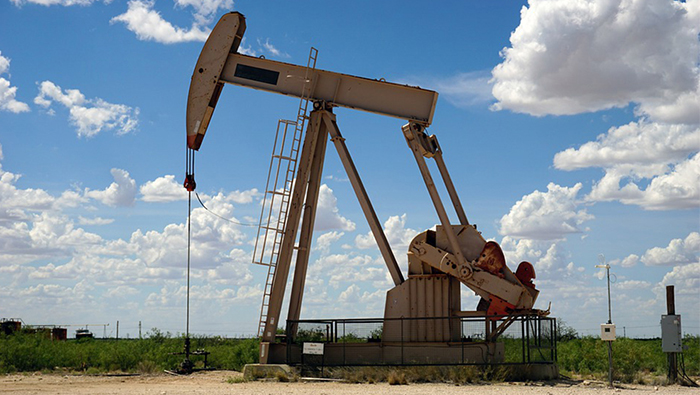
Muscat: The economies in the Middle East and North Africa (Mena) region are expected to experience an extended and divergent recovery, according to a new report.
This recovery would depend on the current stage of the pandemic in the country, the economic exposure to sensitive and most affected sectors and the efforts from the government in terms of vaccine administration and other economic reforms, the Kuwait-based Kamco Invest said.
Quoting the IMF the report said that economies in the region will have to balance priorities in terms of immediate requirements that include saving lives and employment as well as deal with near term challenges like rising debt levels and building more sustainable economies.
Gross domestic product (GDP) growth in the Mena region is expected to average at 4.0 per cent in 2021, a higher growth against the 3.2 per cent estimated in October-2020, while growth amongst countries varies depending on how reforms are implemented.
However, the report added that this revision came mainly on the back of upward revisions for four out of six Gulf Cooperation Council (GCC) countries while 13 countries in the overall region saw their projections pared.
Kamco report says that “We believe that the key reason for this was the reemergence of economic restrictions recently across the region and globally as well as the different pace of vaccinations in different countries.”
“GCC growth was revised up by 40 basis points (bps) to 2.7 per cent in 2021 as compared to 2.3 per cent expected in October-2020 mainly led by Oman and UAE with growth now expected to be 230 bps and 180 bps higher than previous forecasts, respectively.”
“Within the GCC, Bahrain is expected to clock the highest GDP growth of 3.3 per cent in 2021 followed by the UAE with an expected growth of 3.1 per cent. Saudi Arabia is expected to clock a growth of 2.9 per cent in 2021 while Kuwait is estimated to grow marginally by 0.7 per cent in 2021 followed by a pickup in 2022 at 3.2 per cent,” the report added.
The better-than-expected forecast of the GCC economies growth is underpinned by the expectation of the Gulf countries inoculating a significant amount of their population by the end of 2021. Most of the GCC countries started their vaccine rollout at the end of 2020 or early 2021. The small expected increase in oil output during 2021 would support growth, while higher oil prices are expected to result in declining fiscal deficits in the near-term
The faster-than-expected recovery during the second half of 2020 seen in the global economies is also reflected in estimates for the region. One of the key reasons was the recovery in oil prices led by improving demand outlook, as the bulk of the Mena economies are reliant on oil revenues, especially the GCC countries, the report said.
The increase in oil price has prompted oil producers to pump more crude oil as seen from the recent announcement from the Organisation of Petroleum Exporting Countries (Opec).
The IMF has also forecasted a 0.7 per cent increase in average crude production in the GCC in 2021 followed by a much bigger increase of 5.4 per cent in 2022 indicating a further easing of production curbs.
As a result, oil GDP for the GCC region was revised up by 40 bps to expected growth of 1.6 per cent in 2021, the report said.